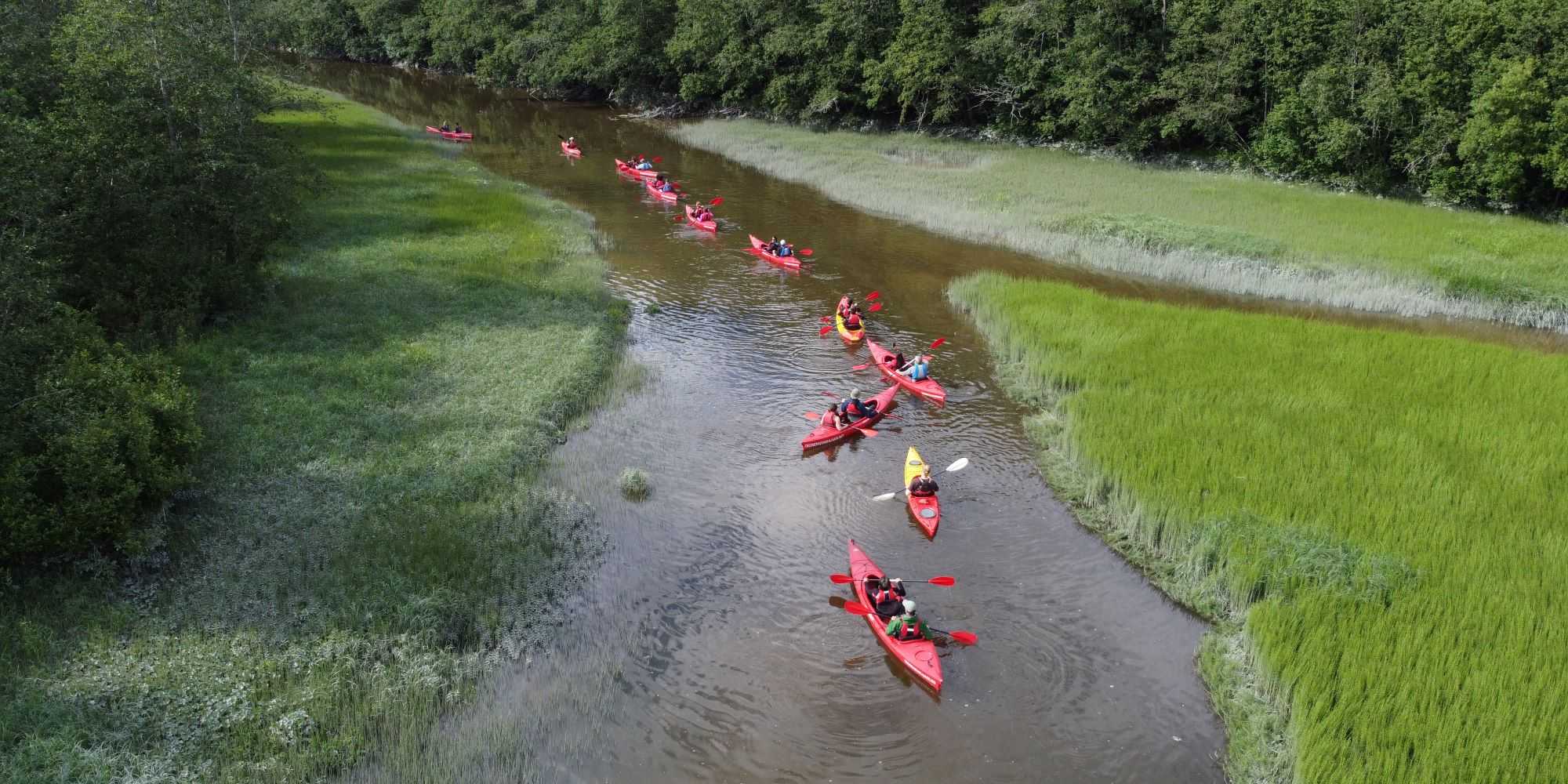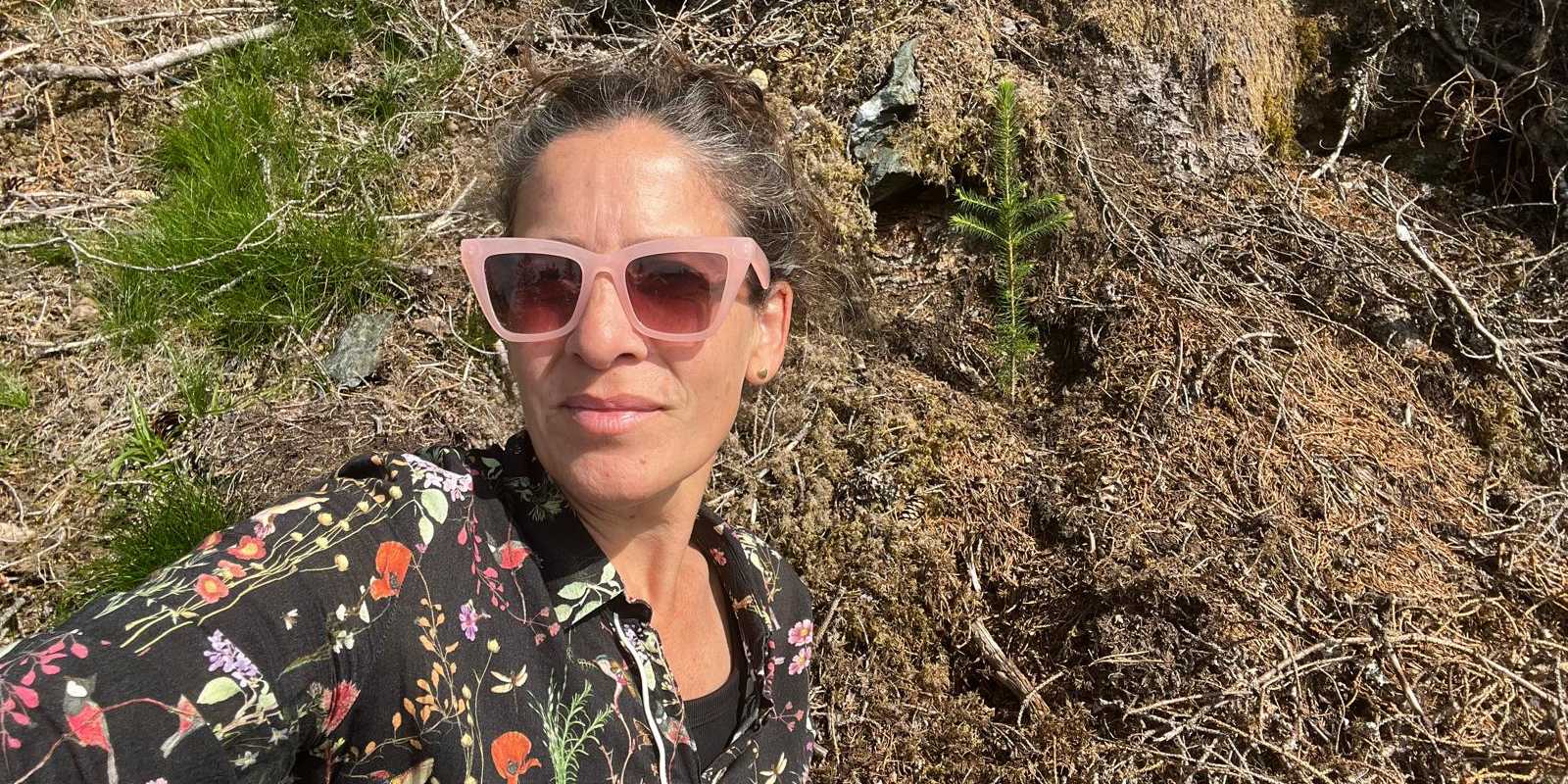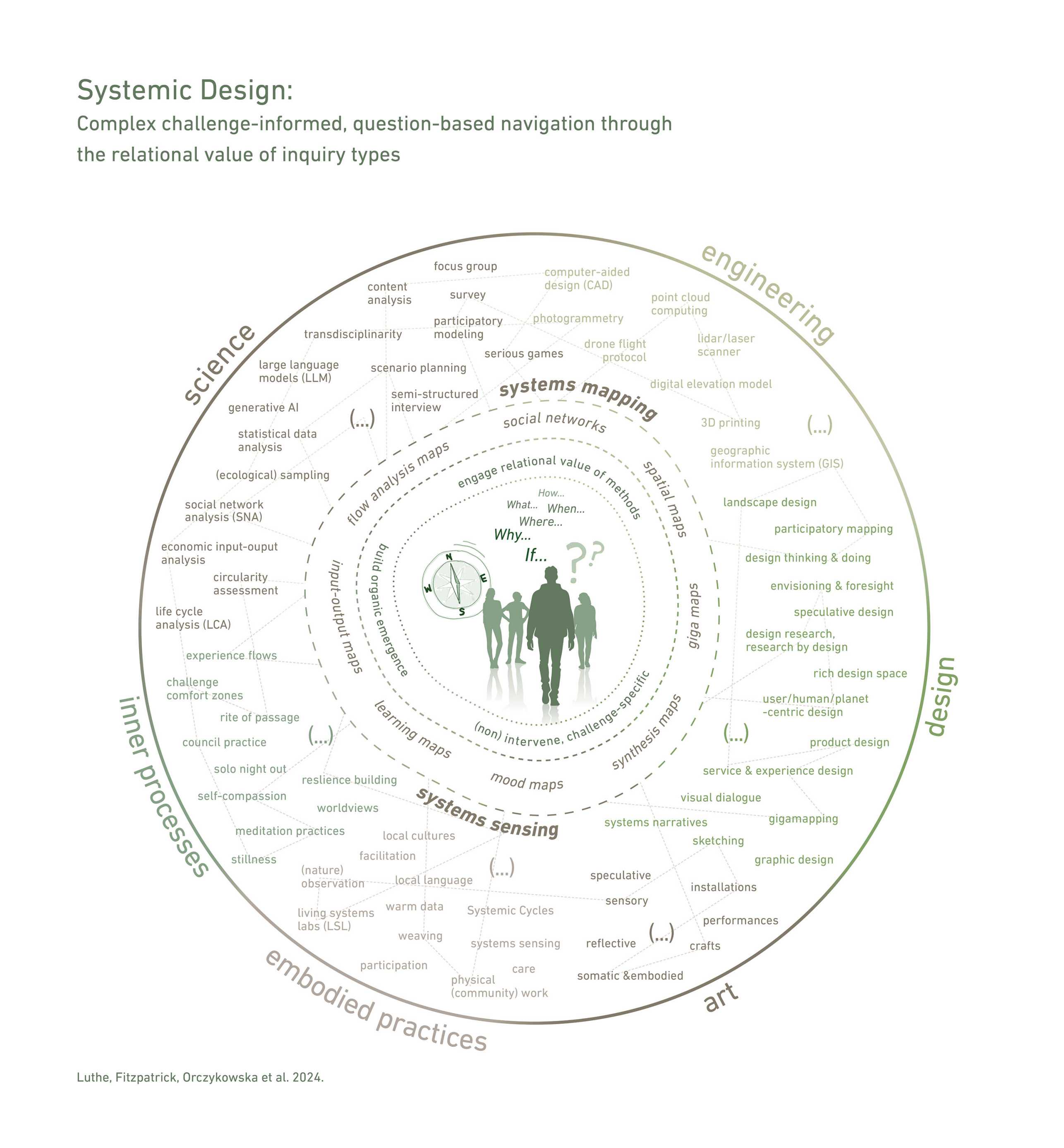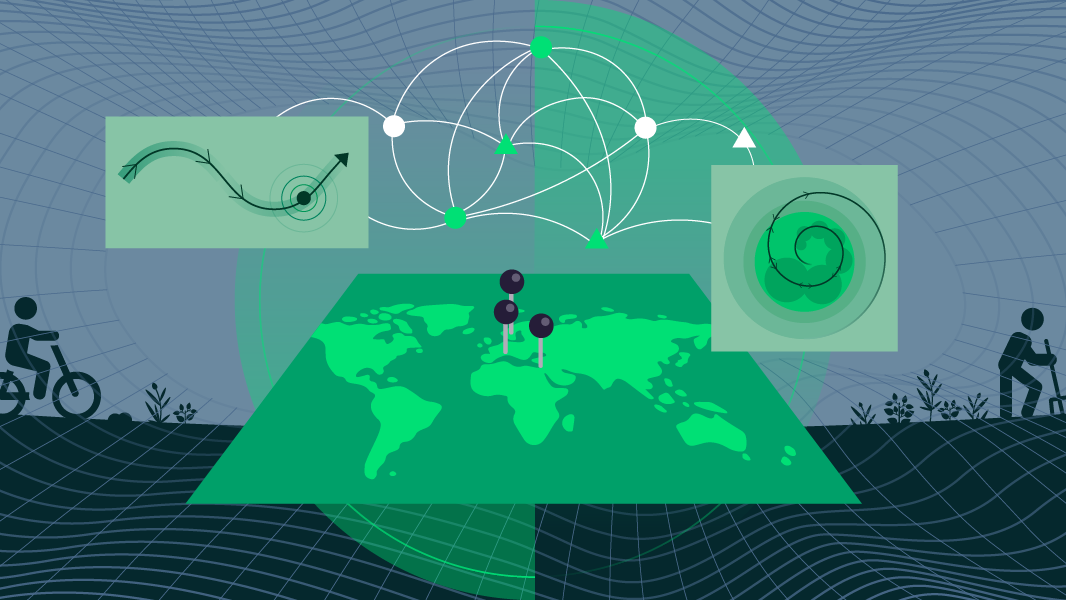
"This programme has transformed how I design, think, and engage with people and place."
Katy Chada is part of an international group of students on the inaugural MAS ETH in Regenerative Systems programme. In this interview, she gives insights into her almost 2-year learning journey, the MAS' unique features and the strong sense of community among the participants. She also discusses her role as host during the field design trip to Norway, which provided her with a new perspective on her multifunctional farm Lerfald located near Trondheim.
Interview with Katy Chada

School for Continuing Education: You are among the first to complete the MAS ETH in Regenerative Systems. This continuing education programme from ETH in partnership with the MonViso Institute focuses on innovative approaches to sustainability and ecology. What aspects had the most significant impact on you?
Katy Chada: The MAS ETH in Regenerative Systems from ETH Zurich and the MonViso Institute is a groundbreaking continuing education programme that goes far beyond traditional academic frameworks. Two things are outstanding I haven't seen in any other University contexts. The programme brings together high-level science with a deeply embodied, place-based approach to learning. What made the most meaningful impact on me was its unique combination of holistic, embodied learning, where knowledge is processed through being in nature, movement, and sensory experience, and the power of a truly collaborative cohort. As an architect, a farmer, and now a PhD candidate, I found that this programme offered a way to integrate these different parts of my life into a coherent, regenerative practice. The experience has transformed how I design, think, and engage with people and place.
Each participant in this programme creates a personal Quest, which serves as their guiding principle or North Star. They navigate their Quest using systemic design tools, much like a ship's navigator. What does this set of questions – your Quest – entail, and where has it taken you so far?
My Quest has been deeply transformative because it made me realize that what I’m working on – like my farm project – is not about reaching a fixed end, but embracing an ongoing, living process. Living the questions, as Daniel (Daniel Wahl, lecturer in the CAS series) coined it. The key questions that guide me are: How can I live in continuous interplay with nature? How can we live and dwell more simply, lightly, and closely with nature, each other, and ourselves? And how can this ecological awareness influence other areas I work in, like architecture or design?
Through this Quest, I’ve come to see co-evolution not as a concept, but as a felt experience. We’re not just intervening in systems – we're shaped by them, too. Trusting the process became something embodied, not taught. Held by the structure of the programme, yet free to follow my own rhythm, I discovered that this path is not one we walk alone. The programme’s platform created a space of deep exchange – a kind of quiet togetherness that’s rare and precious.
I was searching for something meaningful, without knowing what. This journey not only met that longing – it exceeded it.

Throughout your MAS learning journey, the idea and practice of a living systems lab has been integral to your Quest deliverables. Can you explain this concept and how you plan to implement it?
A living systems lab, for me, has become a deeply personal and evolving concept that grew from our experience of taking over a farm seven years ago. Without formal training in farming – but with a background rooted in a farming family in Argentina – it’s been a humble, hands-on journey of learning by doing. Living systems lab means being in constant interaction with the land, understanding the farm not just as a place of production, but as a dynamic, interconnected system – ecological, social, and even philosophical.
I see it now as a platform: a space for experimentation, for sharing, and for inviting others into this process of living and learning with the land. It's not just about ecology. It's about relationships, community, and redefining what it means to live well. For example, our reflections in remote places like Ariant (one of the places the participants explored during the CAS ETH in Regenerative Systems: Systemic Design field design trip on Mallorca) with no electricity or internet, made me question how we sustain ourselves. Are there simpler and more connected ways to live? What does luxury truly mean? We need alternative models encouraging more people to engage in caring and meaningful relationships with nature, local resources, and materials. This includes building homes, growing food, and collaboratively developing knowledge.
So, I plan to evolve the permaculture farm into a living systems lab that embodies the principles I've learned. I envision it as a dynamic space for collaborative learning, experimentation, co-creation, and community engagement focused on regenerative practices. This lab will support innovative ways of living, learning, and sustaining ourselves, grounded in local and planetary perspectives. It is a work in progress and serves as the guiding thread in my Quest and the decisions I am making now.
Along with your family, you hosted the CAS ETH in Regenerative Systems: Beyond Systems Thinking group during the field design trip in Norway. How did this reciprocal role influence your learning journey?
Hosting the CAS group during the field design trip in Norway was a turning point in my learning journey – it gave me a lived experience of what "organic emergence" truly means. We'd been discussing the concept in theory, but suddenly I found myself in the middle of it: co-designing something that was evolving in real-time. At first, I felt unprepared, still holding onto the idea that things needed to be polished before being shared. But this wasn’t about presenting something finished – it was about sharing something living. Collaborating with local hosts and the DRRS team helped me zoom out and see the broader system I’m part of. Designing the programme, especially our bioregional weaving map connecting the forest with the nearby river system, allowed me to understand and sense the system beyond the ecotones of my farm. This unique double lens made this experience incredibly meaningful and enriching.
As this MAS and the entire DRRS learning system rely on collaboration between participants, what is the relationship with other CAS mates and their Quests? Do you notice any overlaps or emerging projects?
My connection with other CAS mates has been deeply collaborative and rooted in shared values. In my triad with Folef and Florian from Italy and Germany, for example, we are all focused on place-based, living systems – real people in real places. Folef, with his campsite and bioregional weaving experience, is already well integrated with DRRS methods, bringing valuable insight. Florian explores similar themes in more urban contexts, and together we’re continuously shaping our understanding of what living system labs mean and how to develop them.
Beyond our triad, I’ve found overlaps also with Ivan from Peru through a strong resonance around concepts like territorio cuerpo, the embodied, interconnected systems of soil, water, and land. We both share a Latin American worldview – a senti-pensar approach, where thinking and feeling are one.
What’s been most powerful is how our learning journeys, both in field design trips and weekly online exchanges, have created a space of mutual care. We’ve built a community where professional facades are dropped, and deep, honest connections are possible. This safe and supportive environment motivates me to continue through the entire MAS programme – it’s rare, meaningful, and something I am sure will last well beyond the course.

Further information about the programme
- The next opportunity to join the MAS ETH in Regenerative Systems will be with CAS ETH Sustainability to Regeneration, starting in Autumn 2025.
- Applications will be accepted through the School for Continuing Education in June 2025.